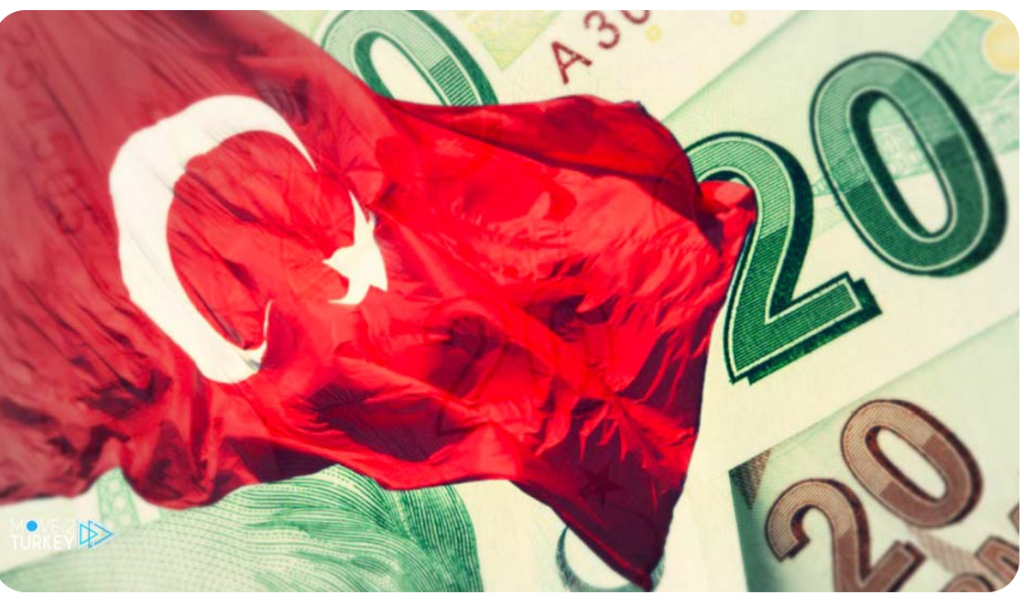Opportunity, but it may be squandered
The TRY is particularly exposed to the Russia-Ukraine war. Turkey is a heavy oil importer, and higher global commodity prices are exacerbating its already-high inflation at the outset of the conflict. At the same time, higher global yields (as the Fed embarks on its tightening cycle) have made it more difficult for Turkey to attract funding, not least because real rates are sharply negative (at -56%, based on the latest inflation data). The TRY is in a difficult position.
The one saving grace could be a tourism recovery. Tourist arrivals for Q1 bounced back to pre-pandemic levels as Turkey benefits from pent-up global demand.
However, risks remain. Russian tourism has likely slumped (data only goes up to March), denting the potential benefits from a tourist boom this summer.
Meanwhile, current polling indicates a very close presidential election in June 2023.
As a result, unorthodox macro policies will likely continue, perhaps squandering the opportunity tourism may generate.
The one bright spot [in Turkish economy] is tourist arrivals with total arrival numbers almost back to pre-pandemic levels in Q1 (although Q1 is much less important seasonally than the summer). Arrivals from most markets have bounced back sharply as Turkey benefits from pent-up global demand for travel.
Turkey’s Slow-Motion Currency Crash
The question going forward (given that the latest data is only through end-March) is whether the likely slump in arrivals from Russia – which normally accounts for 20% of tourism expenditure in Turkey – can be offset by a continued bounce from elsewhere.
We tentatively think the answer is yes. We assume that the improvement in all non-Russian arrivals seen in March 2022 versus March 2019 continues through the summer, and that Russian tourists stop coming to Turkey altogether (i.e., the most pessimistic view for Russian tourists and the most optimistic view for the rest). While the ensuing gap between tourism revenue and oil expenditure is not large (especially as net FX reserves are negative), it is a sharp improvement from the position in 2021.
This improvement gives Turkey an opportunity to avoid a balance-of-payments crisis, which had begun to look likely at the start of the year. This is important, as external-sector stability is the key channel to address price pressures under the Turkish authorities’ ‘New Economic Plan’. The country’s economic managers remain committed to their unorthodox approach despite any clear indication of its potential benefits.
A key question is whether policies ahead of the June 2023 presidential election will allow Turkey to take this opportunity, or whether the TRY will once again ‘snatch defeat from the jaws of victory’.
For now, we remain unconvinced that Turkey will seize this opportunity – not least because of the authorities’ purported link between external balances and their economic management techniques. We therefore maintain our USD-TRY forecasts of 20.00 for end-2022 and 28.00 for end-2023.
Excerpt
Follow our English language YouTube videos @ REAL TURKEY:
https://www.youtube.com/channel/UCKpFJB4GFiNkhmpVZQ_d9Rg
And content at Twitter: @AtillaEng
